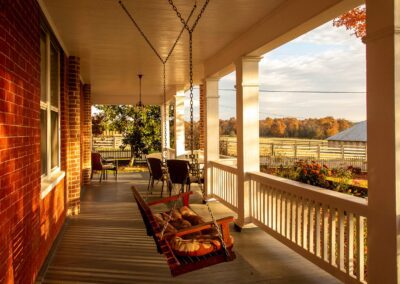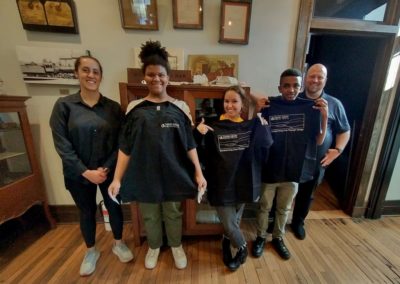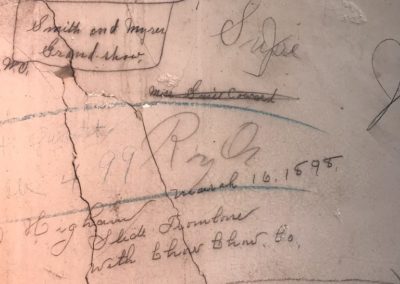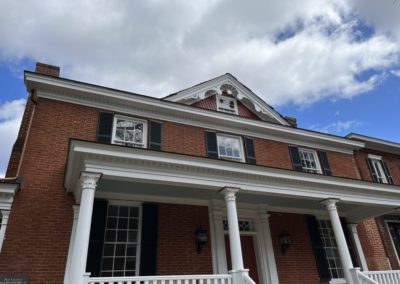In the fall, I had the pleasure of meeting with a client for an interview about why we should save old buildings.
We first met our client when he brought us an old picture of their home, first built in 1822. Over the years, pieces had been added on, torn down, and altered, so the existing house no longer had the same porch shown in the picture. Our presented challenge then was to recreate a combination of the existing and the old porch from the photograph. I knew that our client had a passion for historic buildings, so I visited to learn more about his thoughts on old homes and restoration.
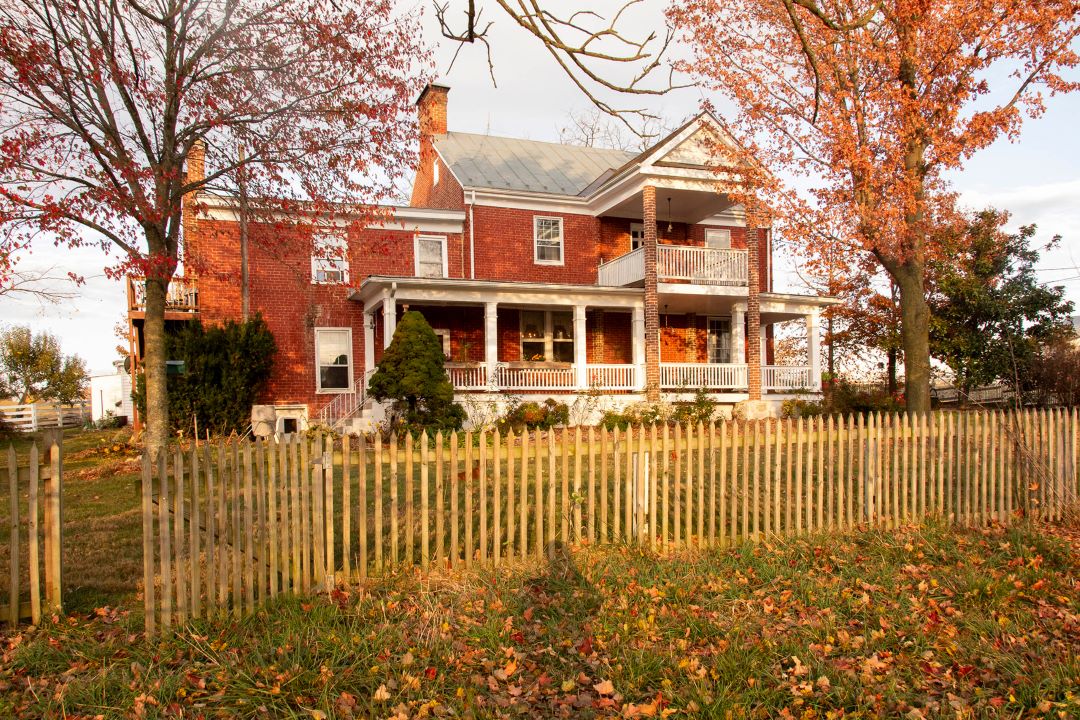
During the interview, I was welcomed inside the home to receive a tour of the historic details. I was fascinated. I came into the interview with a mild appreciation for history and left with interest in more of a tangible and emotional way. The passion for restoration and details was infectious.
I learned a great deal about the history of the home and details throughout the house – too many to put in short blog form. However, our client’s response to “Why should we save old buildings?” is poignant and does a beautiful job of summing up our conversation.
Why should we save old buildings?
“An old house torn down is lost forever. Old houses are tangible elements of history. Not many people enjoy history on paper in library archives or summarized in sterilized textbooks. But old homes are tangible and intimate evidence of hardship, war, farming, community, and visibly seeing artistic and pragmatic elements of pioneering families. It is the difference between a replica quilt or the old original, stitched by hand in candlelight, seeing careful but irregular stitching, and one’s imagination can connect with past generations. One would not think much about Hessian mercenaries fighting for Britain during the war of 1812, but upon losing the war, the mercenaries were left to fend for themselves in the new land, and some took up wood carving, and our carved fireplaces are memorials to that small bit of overlooked history. Old houses preserve intimate details of children’s scribbles, of successive changes over time as needs changed. Old houses are like museum outposts scattered in our neighborhoods.”
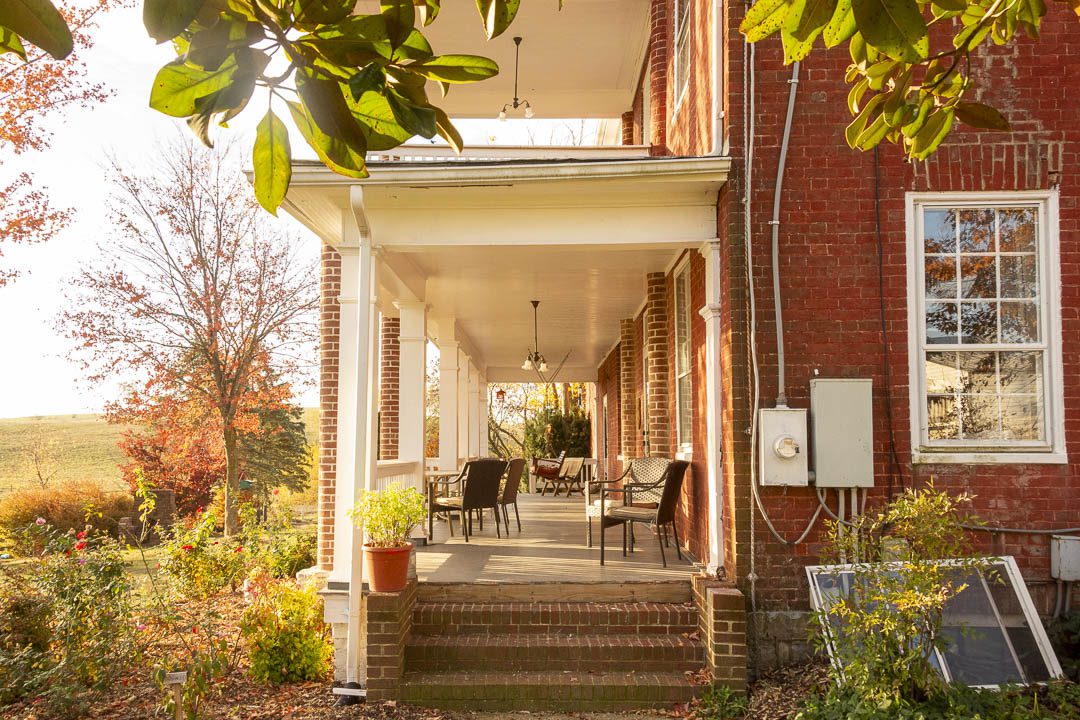
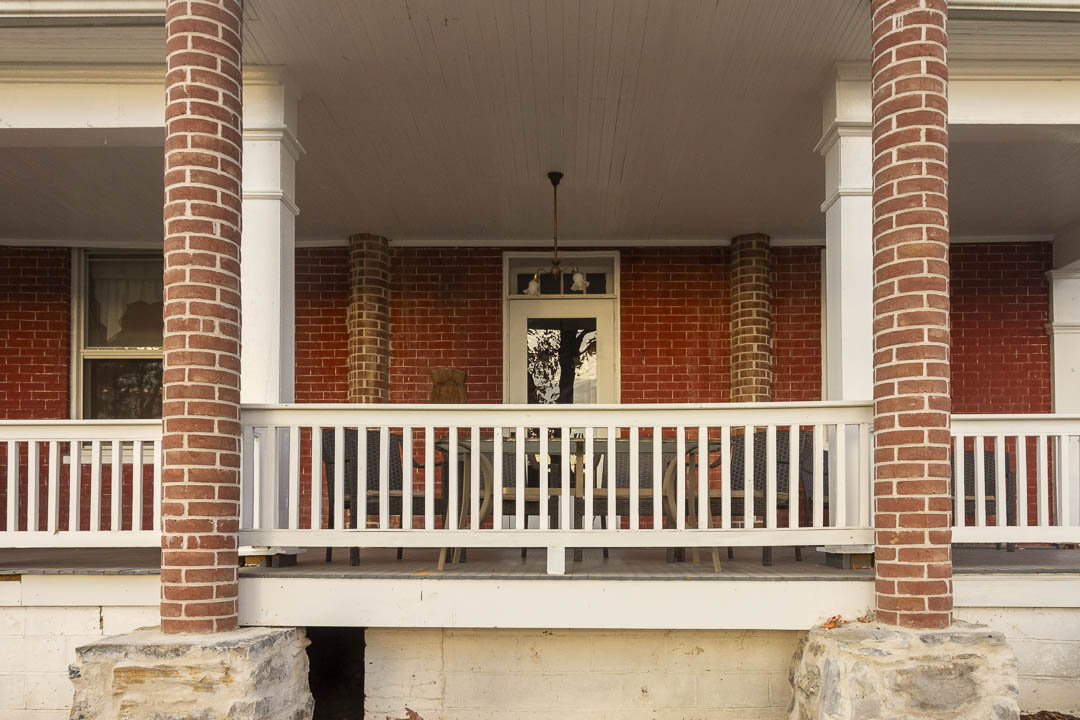
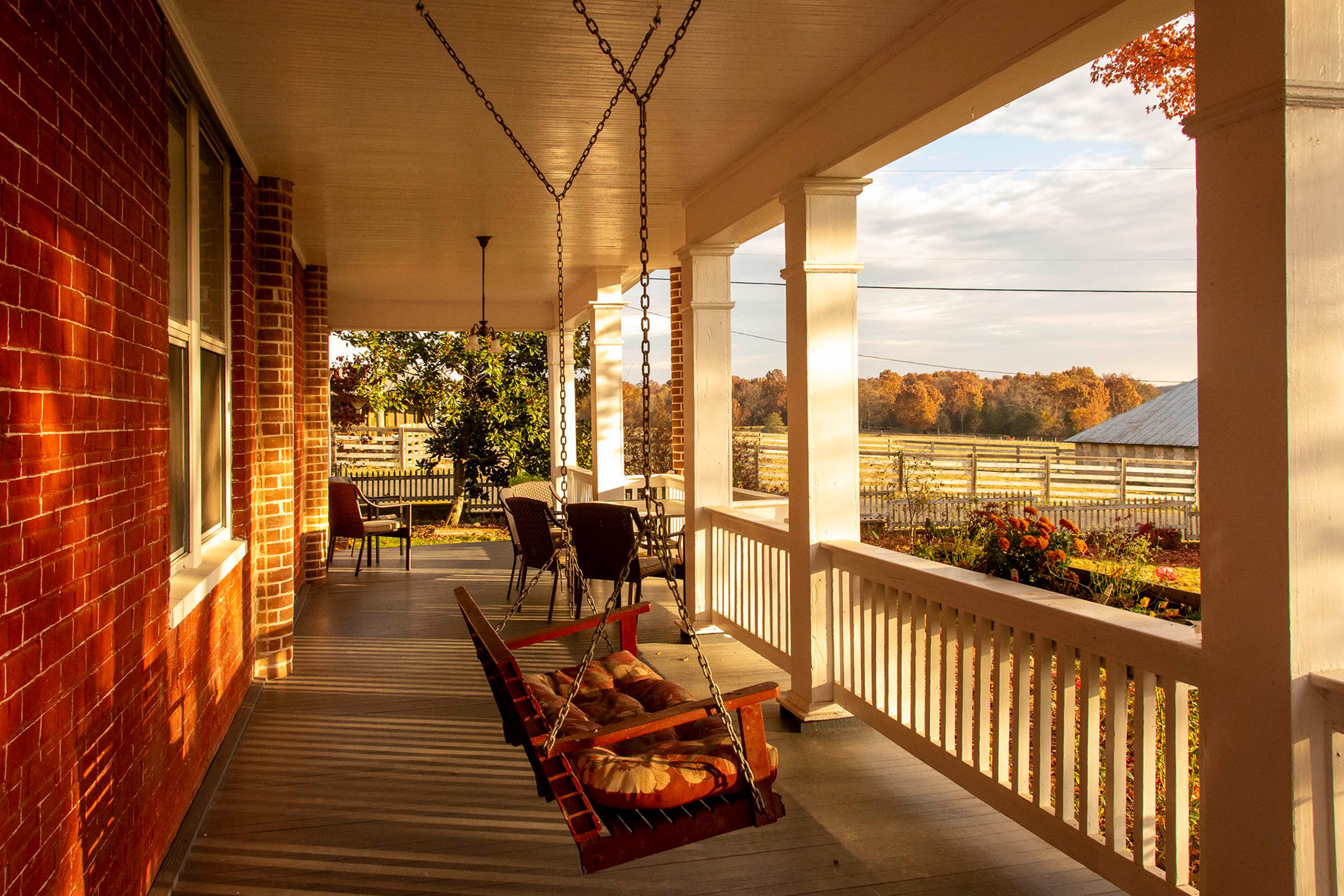
The complexity of history
Though the house and stories are beautiful, our client also pointed out the complexity of history and reasons why buildings exist. Part of the history of this home in particular is that in ~ 1740, a man bought the land near a couple of forts and fortified his home. This man’s view about the Native Americans of the area was extreme, and he wanted them killed. Part of the story is that much of the land of Virginia was inhabited by people who were forcibly displaced and killed. All of this history is woven into the origin story of buildings too, and it’s important that it is noted.
In this relatively short history of the U.S., it was unique to be able to hear stories passed down through writings and oral traditions of this area. I’m grateful for clients willing to share their passions and to let us be a part of what they dream up.

